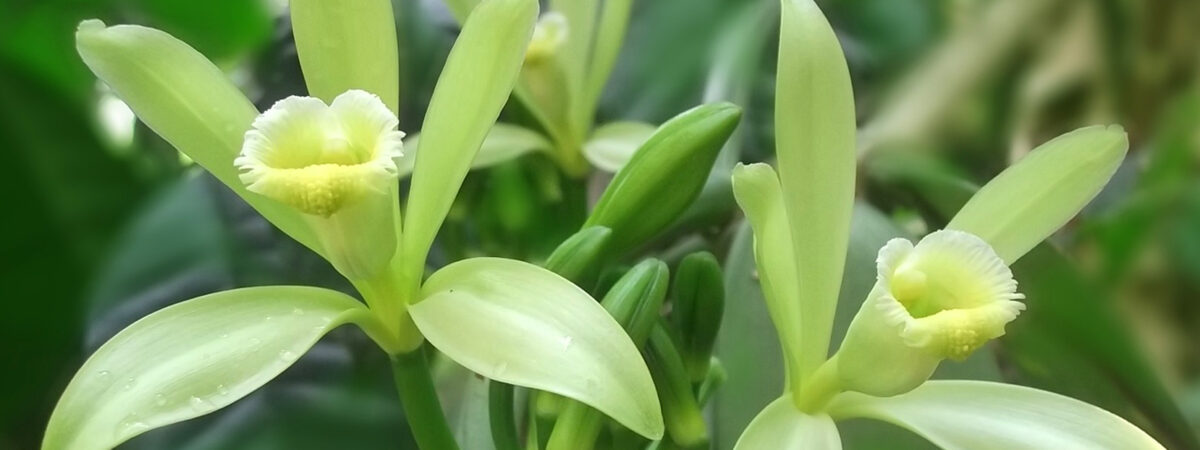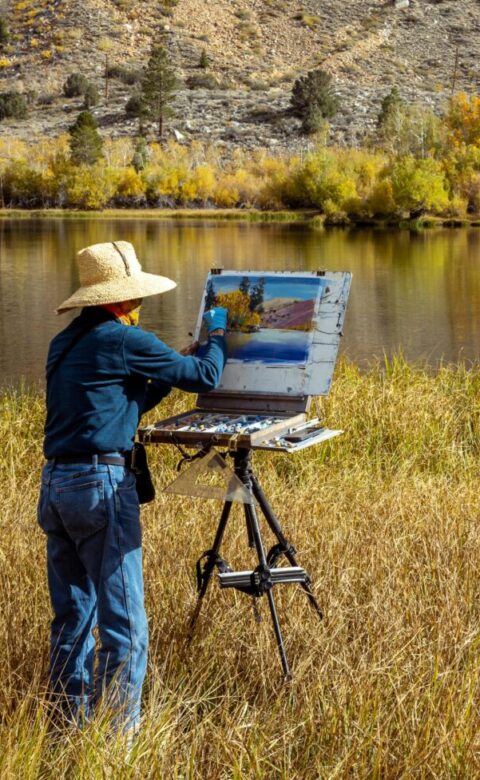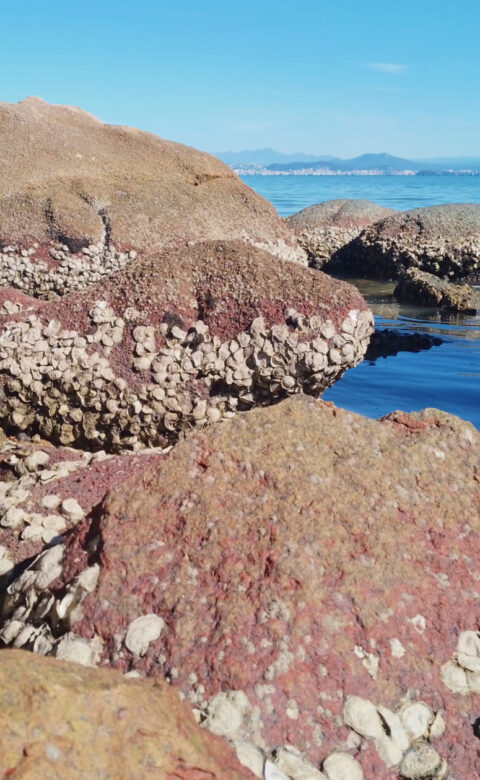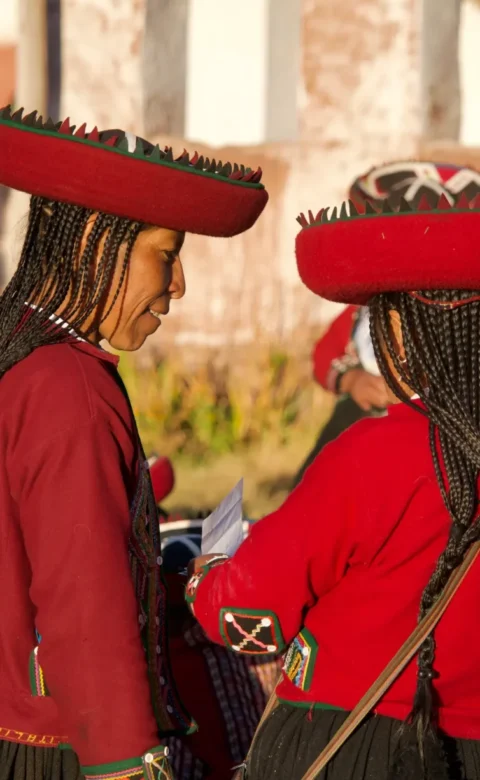The islands in the Indian Ocean have always conjured up images of white sandy beaches and azure waters for me. However, while travelling to the small village of Saint-Suzanne on the north coast of Réunion Island, I discovered much more.
Réunion, first named Bourbon Island, is an overseas territory of the French Republic. What struck me was the fusion of different cultures: people originating from France, Mozambique, India, China, Madagascar, and Comoros. Their histories are interwoven and span more than four centuries. The country saw slavery, Indian indenture, colonialism, and a takeover by the French.
I observed the community’s diversity while waiting for a new friend, Sebastian, to pick me up at a local bus stop. A woman, her face painted white and dotted with African tribal patterns, sat quietly alongside her bags while two ladies in cheerful, bright dresses and straw hats chatted in Creole next to her. A few women in colourful saris with long headscarves trailing behind them stood nearby.

Sebastian pulled up and warmly greeted me with a typical Réunionese hello: “Bonzour!” While French is the official language, people mostly speak Réunionese Creole and some Tamil or English in their homes. The Creole language is a mix of French, African, English, Indian, and Chinese.
Creole cuisine grew from these multi-ethnic influences such as the Indian tamil cari, a tropical version of a classic curry served with either rice, beans, or lentils. Gujarati Muslims have preserved their culture through native dishes like biryani and roasted sweet potatoes flavoured with salt, dried mango powder, and chilli. The island grows a variety of spices, adding colour and fragrances to food inherited from different parts of the world.
As we drove along the old coastal road, Sebastian explained, “People support the local markets because their spices, fresh fruit and vegetables like chouchou and taro corm are popular in traditional cooking.“
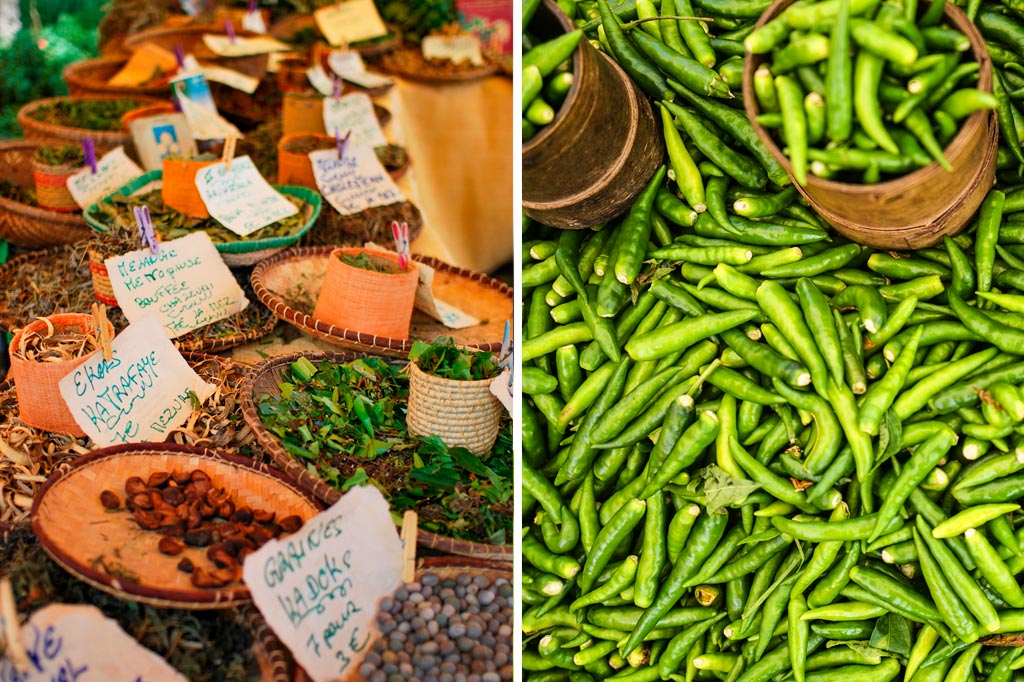
Chouchou? Taro corm? These were new to me.
“Oh,” laughed Sebastian. “Chouchou is a fruit, like a pear. We cook it in stews and soups or mix it in a salad. Taro corm are also called green elephant ears. You can’t eat the raw tubers because they are poisonous, but when you season and cook the corm, it is delicious.”
A local market is a feast for the eyes. Colourful baskets of red and green peppers, tomatoes, avocadoes, and fresh fruit stood proudly on display. Vendors noisily competed selling a variety of delicious treats like spring rolls and bonbon millet sweet pastries, similar to the beignets of New Orleans. The aroma of spices emanated from where a tall Indian man prepared samosas filled with chicken and chilli.

We arrived at a friend’s house for lunch. As we entered the door, bottles of different rums greeted us, covering every inch of the surface — even the staircase. We received a warm welcome from our happy host, Jacky, as he gifted us with the island’s speciality: “Infused rum! This one is flavoured with an endemic orchid.”
Seeing my surprise, he continued, “Orchids grow wild on the island because of the many micro-climates. There are 120 species representing about 30 different genera.”
He poured us a small glass of rum and as I inhaled the infusion, Jacky stressed, “The secret is to obtain the delicate balance between the orchid’s fragrance and the alcohol’s taste.”
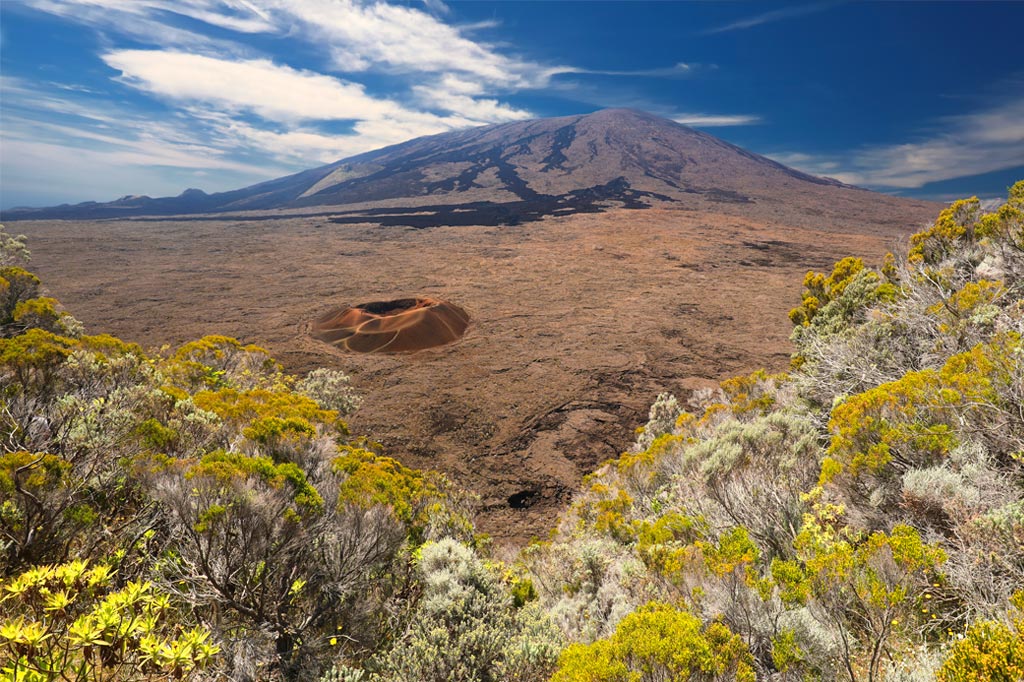
Réunion has a rough, mountainous interior, a very active volcano, Piton de la Fournaise, and an extinct volcano, Piton des Neiges. The volcanic soil is excellent for agricultural farming and certain sugarcane crops. Sugarcane was imported in the 17th century, first from Java and later from Madagascar. Rum was a byproduct of the sugar industry. Today, the island has three rum distilleries and numerous small businesses supporting them. They promote the island’s speciality, rhum arrangé, infusing the rum with flavours from local crops.
Jacky led us onto a large patio where we enjoyed some unusual appetizers: a jar of achard and a spread served with slices of French bread. “The spread is a mixture of peanut butter and mashed sweet potatoes. The achard are pickled vegetables. It is an old Indian recipe using ginger, garlic, oil, vinegar, salt, and a little chilli.”
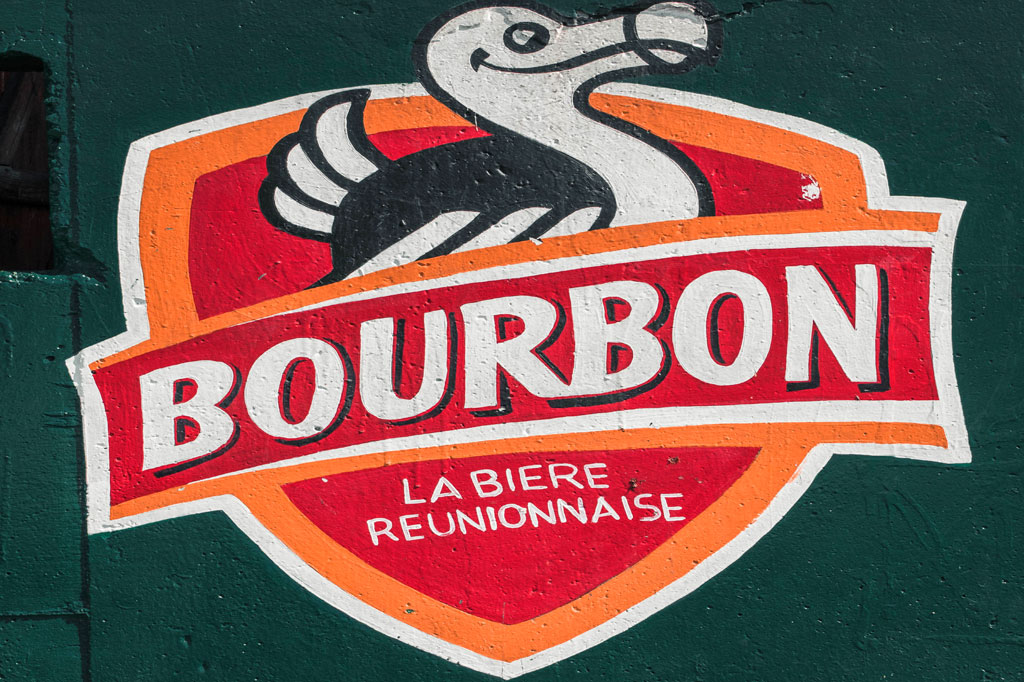
He brought out a few bottles of beer. As Sebastian poured, I smiled at the image of a grinning dodo on the bottle. The island established a large brewery, Brasseries de Bourbon, using the extinct big bird as its label. The dodo used to live on the neighbouring Mascarene island, Mauritius. Retailers further keep its memory alive by painting the slogan ‘la dodo lé la’ (the dodo is here) on their walls.
A few big, black cast-iron pots simmered in a large fireplace. Traditionally, Réunionese cook over an open fire. My eye caught a big bowl of leafy greens. Sebastian gestured, “Brèdes… the stalks and leaves of different green plants. We season the brèdes the same way as the achard.” Take note: regional restaurants serve brède mafane, a variation of the plant, in a pot-au-feu. As you eat the slow cooked one-pot dish it anaesthetises the mouth, explaining its nickname; toothache plant!
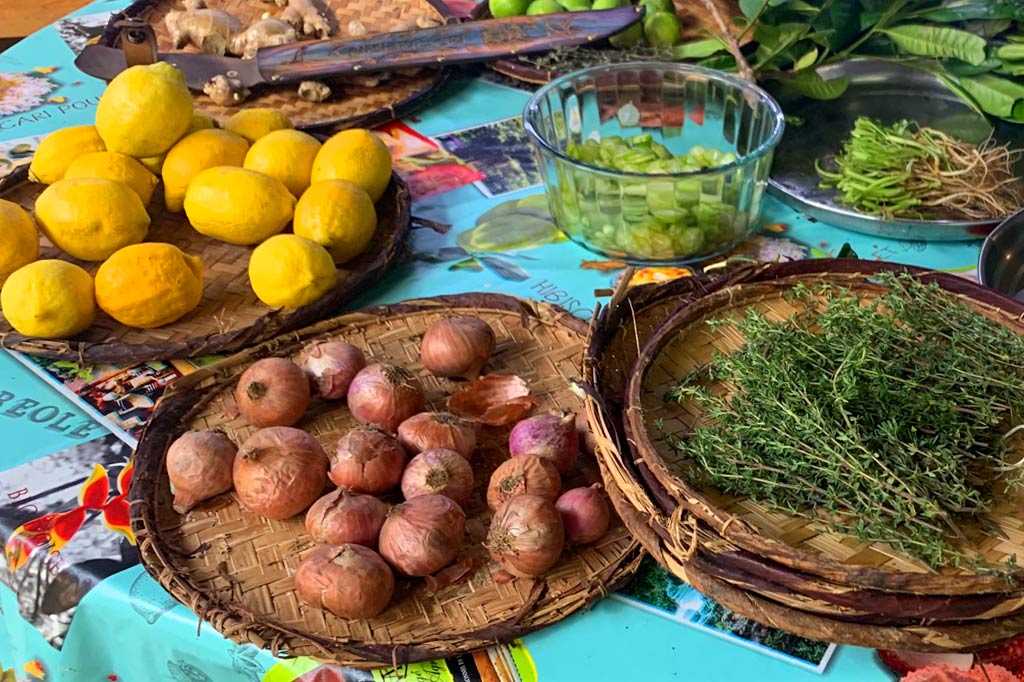
Soon, we ate delicious chicken and vegetables in a red wine sauce reminiscent of the French classic coq au vin. Jacky served cornbread as an accompaniment, followed by a local speciality, sweet potato cake. Islanders flavour the cake with rum and Réunion’s signature Bourbon vanilla, harvested from the Planifolia Orchid. In 2011, the island patented an award-winning Blue Vanilla process, ageing the vanilla pods for two years instead of drying or boiling them.
Although Réunion Island is a true melting pot of nations, it has developed its own distinct Creole flavour. I came away with a deeper understanding of how historical events paved the way for different peoples to unite and contribute to the rich ethnic diversity of Réunion, its culture, and cuisine.

